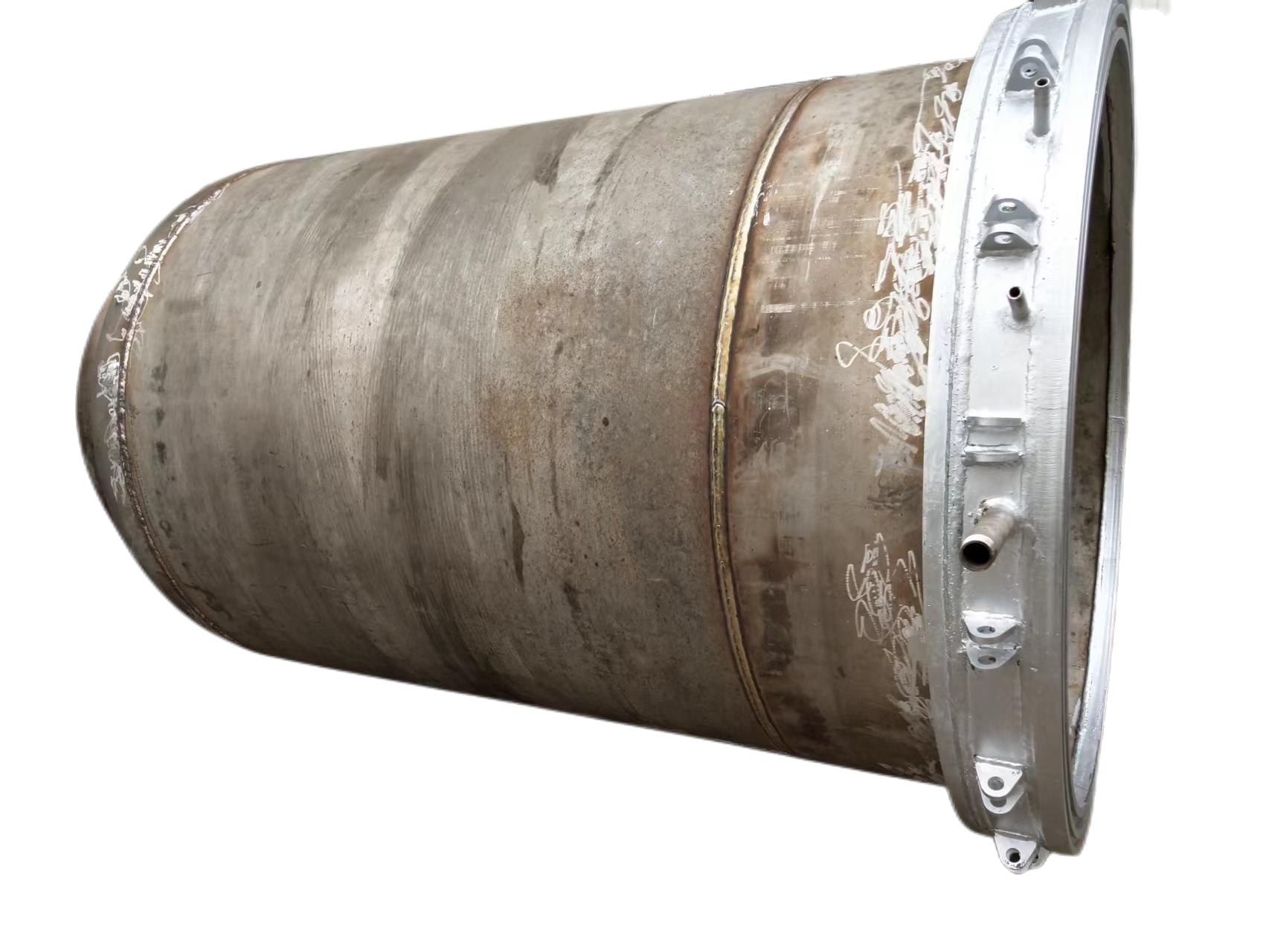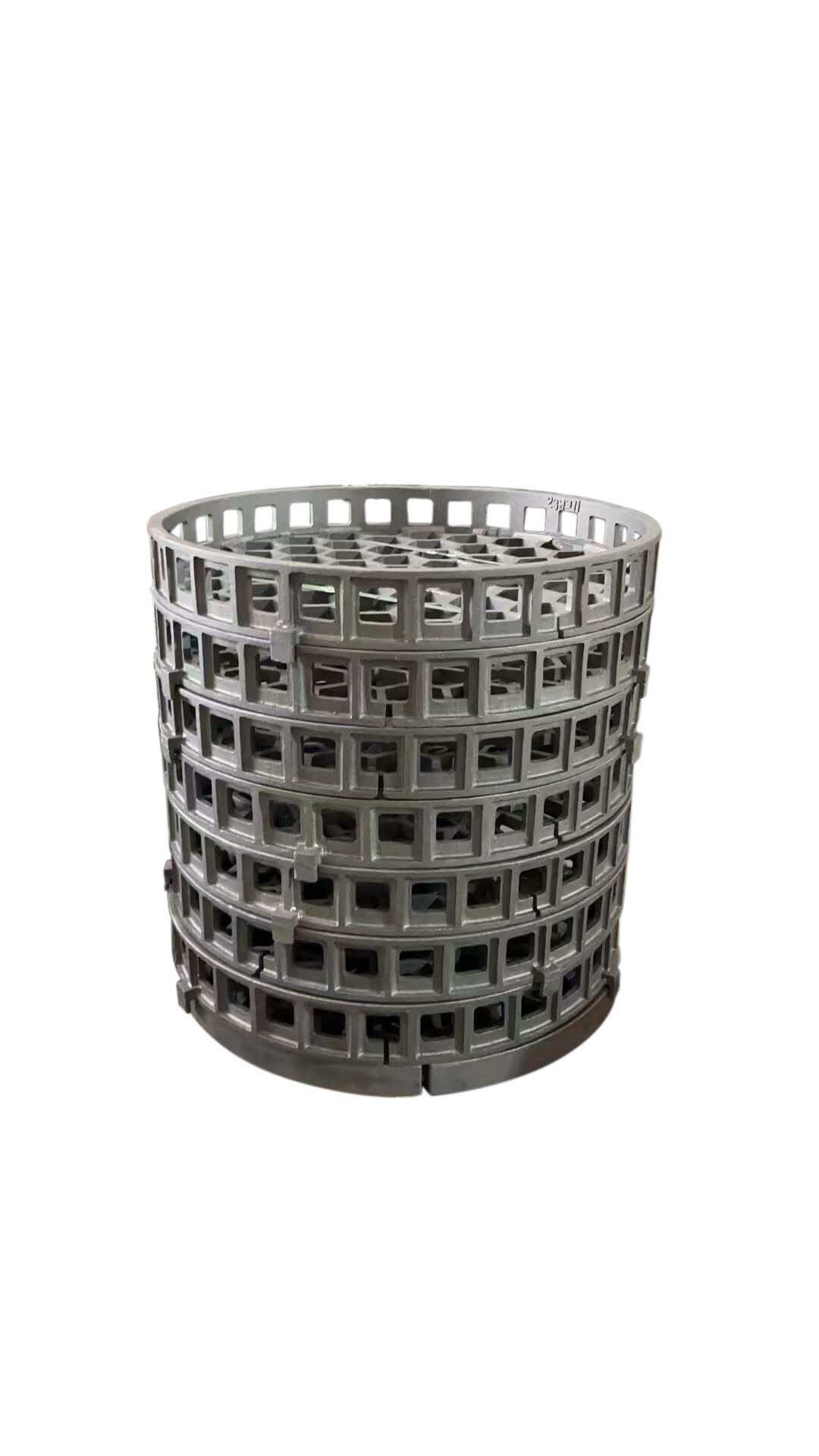supreme precision castings
Supreme precision castings represent the pinnacle of modern manufacturing technology, offering unparalleled accuracy and consistency in metal component production. This advanced manufacturing process combines cutting-edge computer-aided design with state-of-the-art metallurgical techniques to create complex metal parts with exceptional dimensional accuracy and surface finish. The process utilizes sophisticated temperature control systems and advanced mold design to achieve tolerances as tight as ±0.005 inches, making it ideal for industries requiring high-precision components. These castings excel in producing intricate geometries and internal passages that would be difficult or impossible to achieve through conventional manufacturing methods. The technology finds extensive applications in aerospace, automotive, medical equipment, and precision machinery industries. The process can handle a wide range of metals and alloys, including steel, aluminum, titanium, and superalloys, while maintaining consistent quality across production runs. Supreme precision castings have revolutionized the production of complex components by reducing machining requirements, minimizing material waste, and ensuring exceptional repeatability in high-volume production scenarios.

